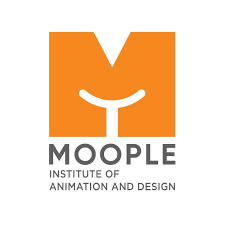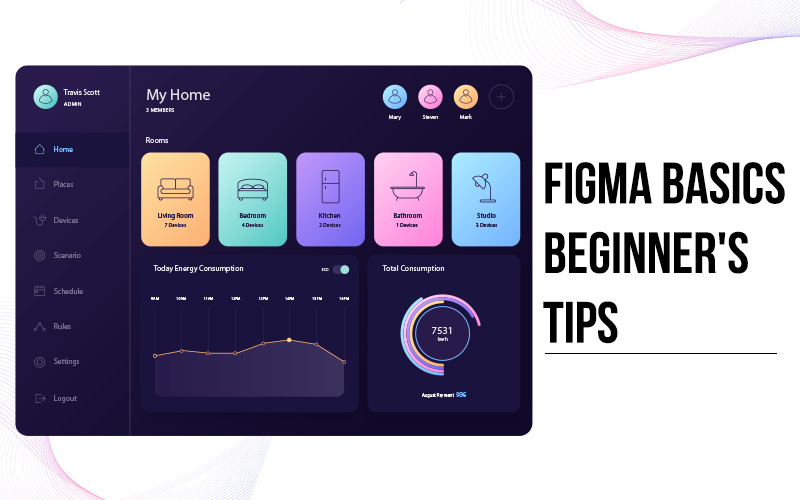The independent design environment, which is actively developing, requires learning tools like Figma. It has been rapidly adopted by the communities of UX/UI designers, web developers, and other creatives due to its smooth design and collaboration tools. Its popularity stretches from novices to professionals with experience, which makes it an excellent option for both new and defined designers. Like every design tool, Figma has some of its peculiarities. This figma tutorial for beginners will help explain the basics, with its core functionalities and the tricks of increasing one’s proficiency level.
What is Figma?
Figma is a browser-based design tool that has changed the way businesses and designers go about their projects. It helps operate other designs with teamwork collaboration, designers, developers, and interested parties to collaborate seamlessly. Since Figma is deeply integrated into cloud services and does not save its files locally users can work from different devices. For new learners, the figma tutorial for beginners allows them to create beautiful outcomes and gain knowledge that will be valued in the technological sector.
Why Learn Figma? Career Advantages and Possibilities
If you are learning Figma, then you can get inextensible career benefits. Also, businesses have come to appreciate designers who are skilled with digital design tools. Since most leading corporations like Microsoft, Uber, and Airbnb use Figma, it has now become a preferred tool. Thus, to expand your professional level for job seekers, you can do a figma tutorial for beginners to get a chance to work in UX/UI design and many other creative positions. The tool also places you as a valuable member of any design firm and ensures you understand design and how to collaborate effectively.
Starting Your Figma Journey
If you are a beginner, then this Figma tutorial will give you immense benefits to get a general understanding of the software. Figma has an excellent interface that is easy to learn and navigate. However, it has many other tools which may confuse a newcomer. Here are the essential steps of the figma tutorial for beginners to get started:
- Figma is open-source and accessible to all users, but some features are available only for a paid subscription. You can open it by creating an account with the system, and you will start using the tool right away.
- Before or after logging into Figma, it is wise to spend some time ‘interacting’ with the design layout. The panels you will find here are arranged as layers, tools, and design options. Knowledge of these particular sections is rather beneficial in terms of easy navigation through Figma.
- Frames are your work area or container in Figma where you design. Choose the correct frame size if you create a website focused on mobile devices, tablets, or standard PCs.
- Geometry and font form the foundation for any design. These tools are built into the software and should be used more often to develop designs. Take the time to look up the layout design and the text options available in Figma to appreciate the customization options.
- Prototyping in Figma helps you actually create something out of your designs. This tool allows you to imitate user actions or state transitions. Prototyping is a powerful tool for visualizing the user journey in your designs.
Key Features to Master Figma
Learning figma tutorial for beginners will give you the strengths that may be useful for developing one’s primary form in Figma for a beginner.
- Smart Animate and Prototyping: Build interactive versions of your interfaces that mimic real user experiences.
- Auto Layout: Learn the basics of responsive design by applying flex and responsiveness to your work.
- Plugins and Integrations: There is a plugin for almost everything, from use to import to extend its capabilities and perform repeating actions with ease.
- Design Systems: By developing design systems, there is coordination in the projects that you undertake.
Conclusion
In conclusion, learning Figma will be an excellent experience for successful employment in the design field. A simple user interface alongside highly effective features of this platform builds the basis for starting users to develop. By the end of the figma tutorial for beginners, you can adapt the basic ideas of the tool to the design industry. Thus, if you wish to gain more, there are dedicated design schools like Moople Institute that will prepare you for the design domain.

